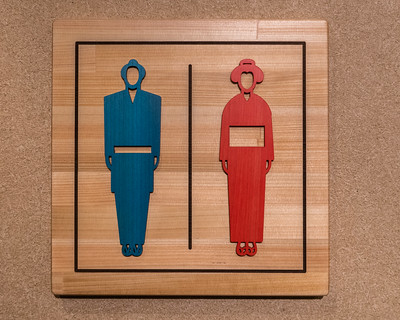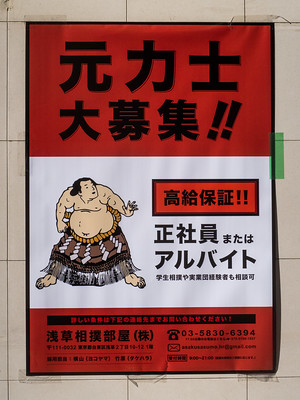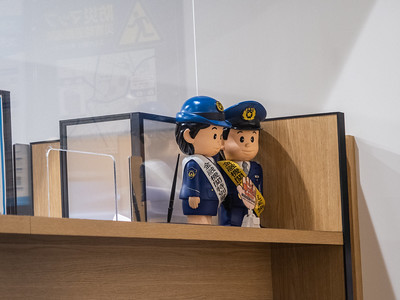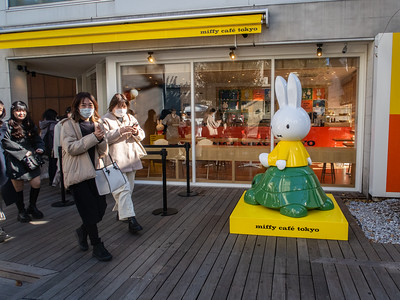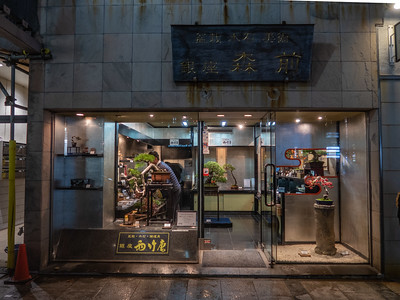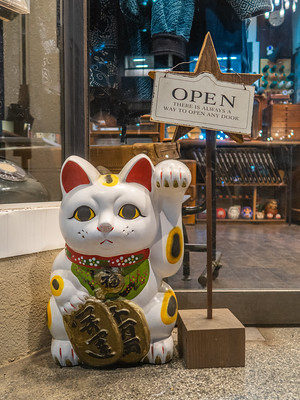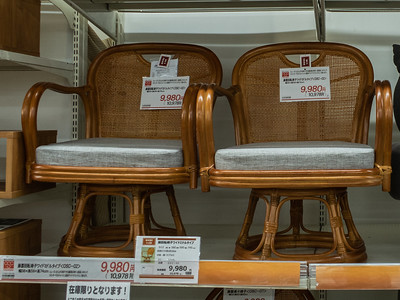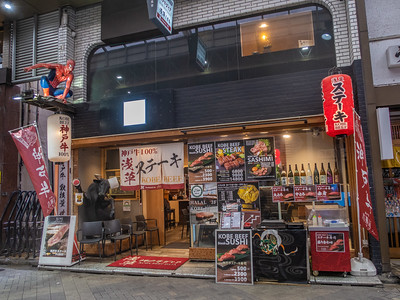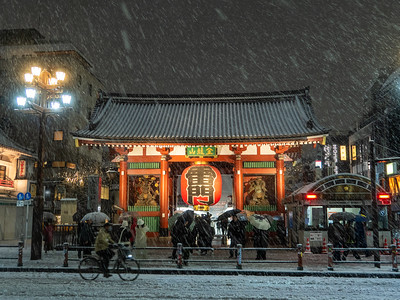Although I lived two years in the house of a teacher of sado (茶道), the performance art some insist of calling, completely absurdly in my opinion, "tea ceremony", my knowledge on the subject remain at a very elementary level. One of the few things I know, though, is the pottery style called "Raku-yaki" (楽焼) that is related to the man who practically founded sado, Sen no Rikyu (千利休, 1522-1591) and that is among the most influential to its aesthetics, and perhaps to the broader Japanese aesthetics, even today. History aside, I always liked Raku tea bowls, and particularly black Raku (or kuro-Raku/黒楽) and I bought one when I first came to Japan, 15 years ago; as usually happens, at some point it broke, my mother in law didn't have a black one in her collection (she had a red or aka-Raku/赤楽 that I also like but not as much) and I didn't replace it until two weeks ago when I decided to get one for my birthday.
It is from a Kyoto kiln called Shoraku-gama (松楽窯) which is a branch of a bigger kiln also called Shoraku-gama but written with a different character (昭楽窯 https://shorakugama.com/), it exists since 1905 and it was and is related to Zen Buddhism teachers who were/are also potters but also with Onisaburo Deguchi (出口 王仁三郎, 1871–1948), who is known as the guru of aikido founder Morihei Ueshiba. As I usually do with the things I buy for myself, it isn't the best I could get but it is a good, decent chawan (茶碗, tea bowl) that a semi-advanced student of sado would buy --like all things in the world of sado, a Raku could easily cost ten times the 11,000 yen (about $75) it cost at Nihonbashi's Takashimaya or 100 times that or it could be priceless and exhibited at the national museum in Ueno. Regardless of the price, I liked it and it was the motivation I needed to return to my old habit of drinking a bowl of matcha every day!
(For a bigger version of this picture both in color and black and white, check my "Japan Arekore" set on Flickr).

